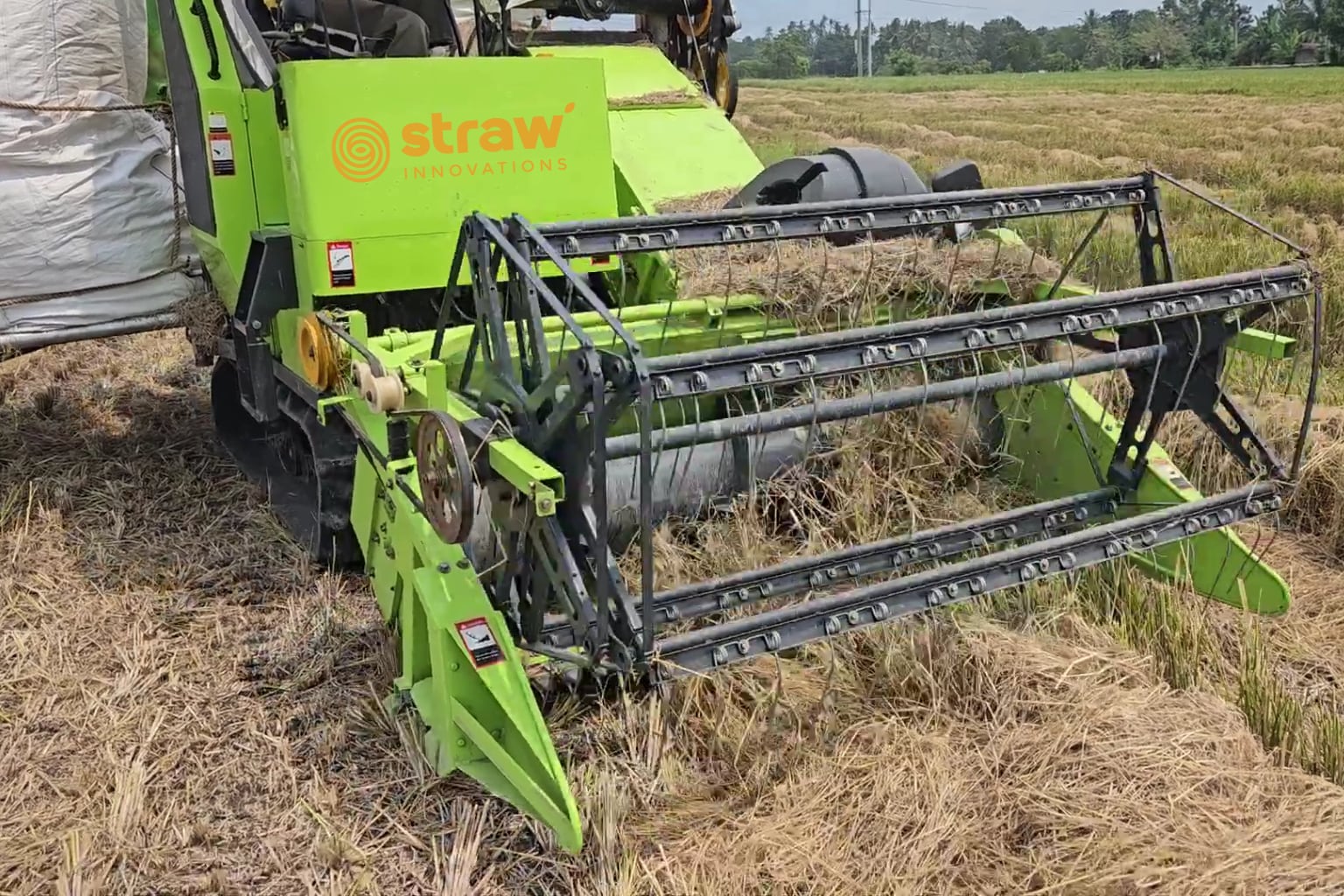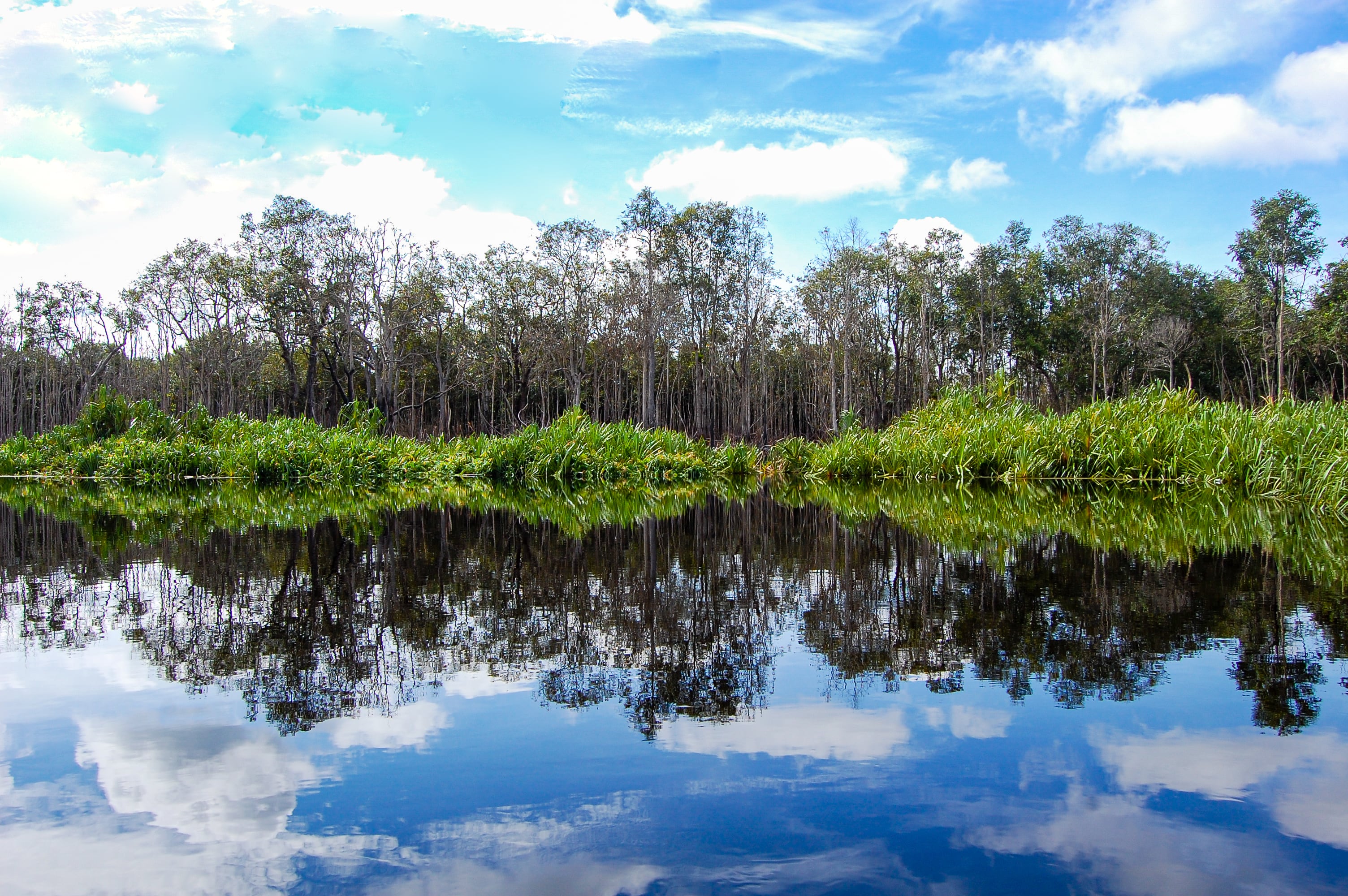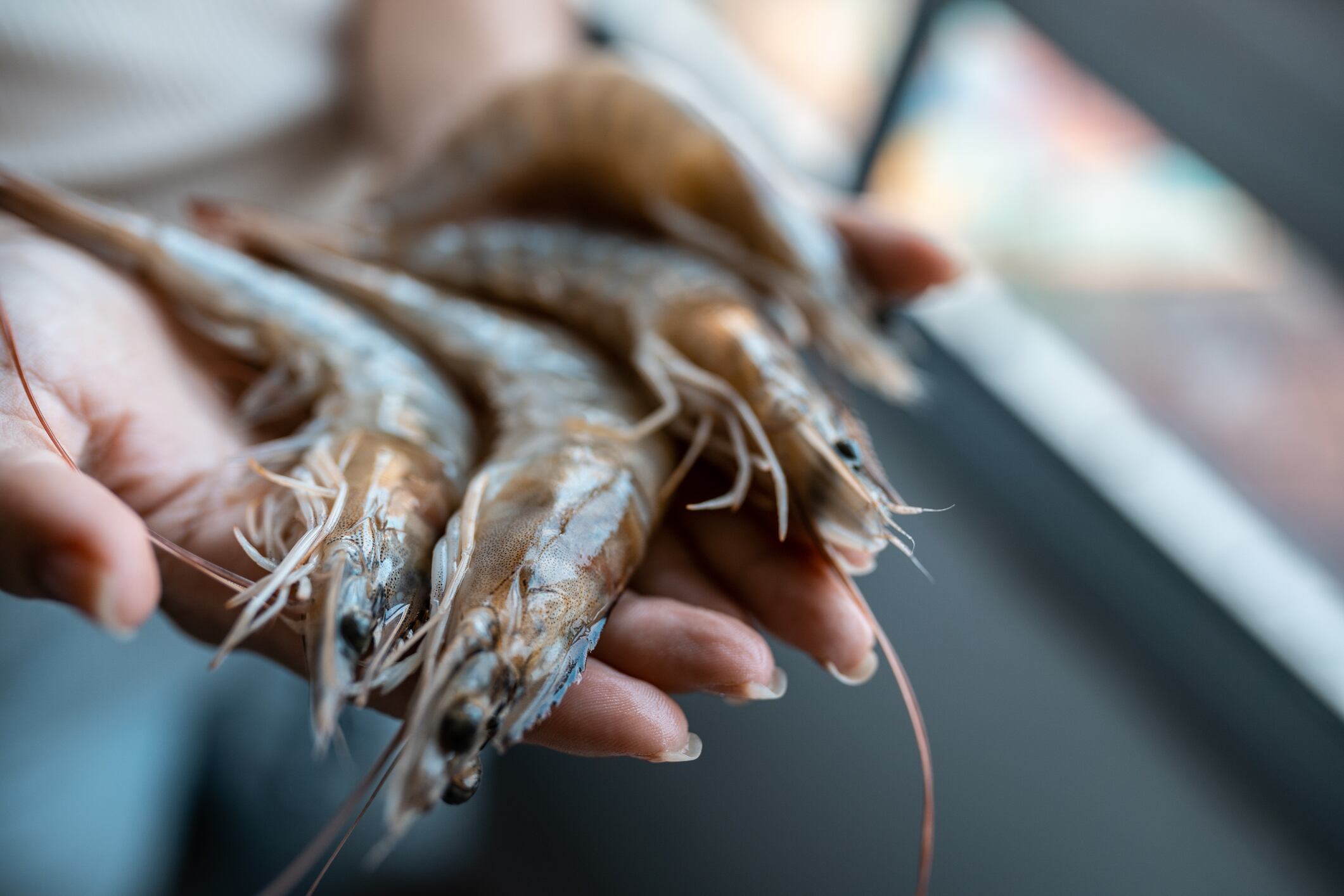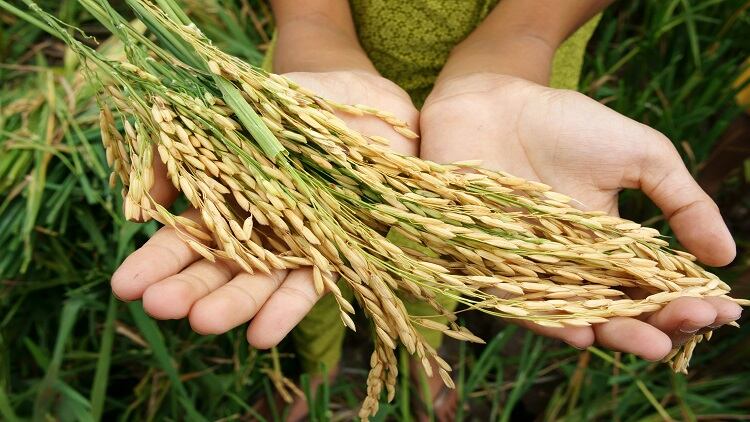Developed by UK-Philippines-based agtech company Straw Innovations, the machine was designed to operate in flooded conditions to collect rice straw and rotavate the land to enable a third harvest.
The firm claims it also helps boosts yields by around 10 per cent by distributing soil enhancers such as biochar.
“This new system brings together world-leading technologies and business models for the first time to set a new benchmark for rice processing globally. For rice-producing communities and the environment, it’s nothing short of transformational,” said founder and director of Straw Innovations, Craig Jamieson.
Speaking to AgTechNavigator, Jamieson said the Straw Traktor presents a great opportunity to unlock rice straw, “one of the world’s largest biomass resources”.
“Once collected, it can be used to make a range of regenerative products such as animal bedding, mushrooms, compost, biochar, fuel, construction materials... There’s a long list if only the right machines could be developed to kick-start the process,” he said.
The firm has conducted comparative trials to assess the performance of rice straw compost against conventional substrates.
“We’ve shown our compost to be very effective compared with commercially available composts. In fact, when we commissioned independent trials comparing seedlings grown in our compost and commercial coco-peat compost, the results were so much better with rice straw, we thought there had been a mistake. We washed the cocopeat, in case it had salts that were hampering growth, and we started again, but got similar results the second time too,” said Jamieson.
The Straw Traktor debuted at the launch of the Rice Straw Bioenergy Hub (RSBH) in Pila, Laguna, Philippines.
The Hub was launched by Straw Innovations Inc. in partnership with Aston University, Southeast Asian Regional Center for Graduate Study and Research in Agriculture (SEARCA), Koolmill Systems, and with funding support from Innovate UK.
The company is working with Innovate UK, UKAid, and Takachar to launch Straw Traktor in Indonesia and India via the Energy Catalyst programme next year.
Jamieson highlighted that access and affordability remain major hurdles to the adoption of new agricultural technologies across SEA.
“Even with the right technology, farmers still need to be able to afford it. In SEA, many farmers have small fields and rely on harvest contractors to collect their grains.”
Many of these smallholders tend to rely on governments to help supply machinery.
Jamieson said: “There are ethical considerations of taking this route, including the frequent need for a “relationship” with politicians to get the go ahead, which is something Straw Innovations resists on principle.”
From challenge to change
The machine has come at a critical time in rice farming.
According to the firm, conventional farming machines have been unable to operate in wet seasons, giving farmers only two harvests per year.
“What Straw Innovations has done is a huge help – not only are they a business, but they are truly helping the farmers. Not just for us, but we are also able to provide our services to our fellow farmers at a lower cost. That’s why Straw Innovations’ arrival is such a big deal,” said Leonard Lospe Jr, a farmer.
The Straw Traktor tackles challenges that made previous machinery ineffective at collecting rice straw from the boggy fields.
“Fundamentally, it’s difficult to collect and process wet straw, coming from muddy fields in the typhoon season. Even combine harvesters are a relatively new addition to rice farming due to the challenging field conditions, so the same applies to rice straw.
“Current ‘first-generation’ rice straw machines require five steps, taking weeks and each requiring an additional pass of the field with a tractor. Critically, they don’t work in boggy or flooded fields, which are common in SEA,” said Jamieson.
Clearing rice straw has become increasingly important, as burning or leaving it to decompose in paddy fields releases large amounts of methane – a greenhouse gas more than 80 times more potent than carbon dioxide.
Lloyd Cameron, Economic and Climate Counsellor at British Embassy Manila, said: “Businesses which treat climate risks as opportunities will define the markets of the future. When UK science meets Philippine innovation, rice straw becomes more than a byproduct, it becomes part of the solution.”





